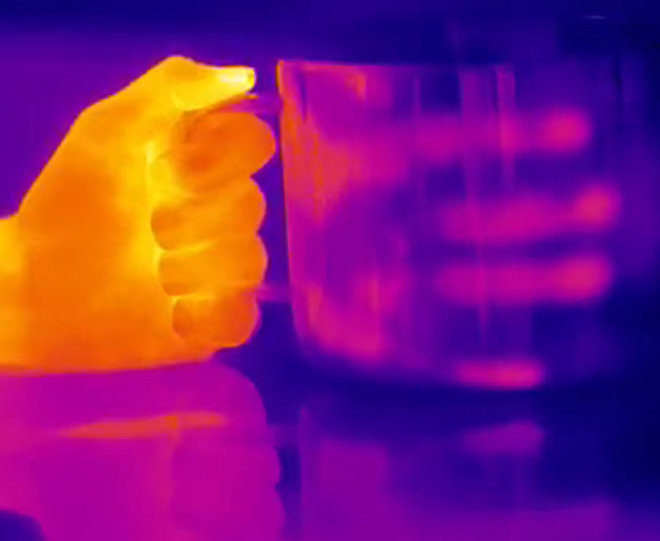How do I choose the specifications of a thermal imaging camera?
When purchasing a thermal imaging camera, there are many specifications for thermal imaging cameras. Looking at a single specification does not reflect the overall performance of the camera; the combination of specifications is what determines the performance of the camera. All specifications of a thermal imaging camera are important, but you can focus on some of them to make sure you buy the right equipment.
Resolution
The resolution of a thermal imaging camera is how many pixels are in the camera's detector. Higher resolution means that each image contains more information, more pixels, and more detail, so temperatures can be measured more accurately. When choosing a thermal imaging camera, it depends on your application scenario. When you can get close to the target, you can choose a device with a lower resolution. When measuring smaller targets from a distance, a higher resolution is required.
Temperature measurement range
The temperature measurement range is the entire temperature range (range) that the camera can measure. Some thermal imaging cameras are set up with multiple ranges to more accurately measure a wider range of temperatures. Each camera model has its own specific temperature measurement range (range). For certain industrial applications, such as measuring high temperature equipment such as boilers, kilns or furnaces, it is especially important to select a camera with a higher temperature range (range). Therefore, it is important that you familiarize yourself with the temperature measurement range (scope) required by your industry before choosing a camera.
Field of View
The field of view (FOV) is determined by the camera lens. The FOV determines the distance and range that the camera can capture. Depending on the usage scenario, choose a lens with a different FOV, e.g. a wide angle of view (48°) lens or a telephoto lens (12° or 7°).
Spectral range
The spectral range is the range of wavelengths detected by the sensor in the camera and is measured in micrometers (μm). Most gas detection thermal imaging cameras (such as propane, methane and butane detectors) are medium wave thermal imaging cameras, which means that they have a spectral range between 2 µm and 5 µm. Most thermal imaging cameras are long wave thermal imaging cameras with a spectral range between 8 microns and 14 microns. Long-wave thermal imaging cameras are suitable for a variety of infrared applications such as power inspections and fire rescue.
Thermal Sensitivity
Thermal sensitivity or Noise Equivalent Temperature Difference (NETD) describes the smallest temperature difference that can be seen by the camera. The smaller the value, the better the thermal sensitivity of the IR system.
If the target you need to measure has a large temperature difference, you do not need a camera with too much thermal sensitivity. However, for applications that require more accurate temperature measurements, such as detecting moisture problems, a higher thermal sensitivity is needed.
When you are not sure which thermal imaging camera to choose, you can refer to the above parameters. When choosing a device, you should not consider only one parameter, but a comprehensive selection based on your needs.





